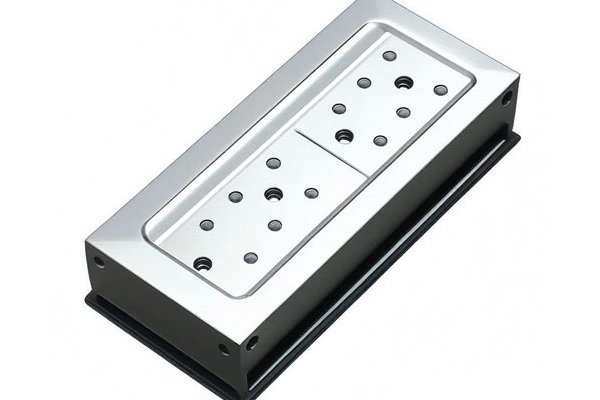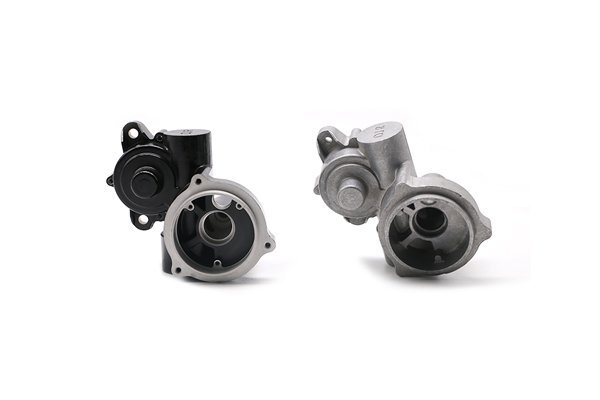Opening: The Growing Demand for Aerospace Materials
Did you know that the global aerospace market is projected to reach $686 billion by 2025? This remarkable growth is fueled by the increasing demand for lightweight and durable materials, which are essential for improving fuel efficiency and enhancing overall performance. Among the materials leading this charge is 2024 aluminum, a high-strength alloy that has gained traction in the aerospace sector. As manufacturers look for ways to capitalize on this trend, one technology that stands out is CNC machining. But is 2024 aluminum CNC machining truly suitable for the aviation industry? Let’s dive into this vital question.
Understanding 2024 Aluminum Alloy
Before we explore the specifics of CNC machining, it’s essential to understand what 2024 aluminum is. This alloy is composed primarily of aluminum, copper, manganese, and magnesium. Known for its impressive strength-to-weight ratio, 2024 aluminum is often found in aircraft structures, including fuselages, wings, and truck bodies.
Properties of 2024 Aluminum:
The Role of CNC Machining in Aerospace Manufacturing
CNC (Computer Numerical Control) machining is a manufacturing process that employs computerized controls to cut and shape materials into desired forms. This technology has revolutionized how components are produced in various industries, including aerospace.
Key Benefits of CNC Machining:
Is 2024 Aluminum Compatible with CNC Machining?
The compatibility of 2024 aluminum with CNC machining is a multifaceted issue. Here, we will evaluate the factors that influence its machinability and analyze whether it stands up to the demands of the aviation industry.
Machinability refers to how easily a material can be machined to achieve desired shapes and tolerances. According to the Metalworking Manufacturing & Distribution Association, 2024 aluminum has a machinability rating of 75%, which indicates that it can be worked with relative ease. This rating is favorable for aerospace applications, where complex geometries are often required.
Challenges Faced in Machining:
Solutions to Machining Challenges:
Aerospace components often need to meet specific surface finish standards to ensure both aesthetics and functionality. CNC machining can achieve a range of surface finishes, from rough to very fine.
Achieving Quality Surface Finishes:

Key Applications of 2024 Aluminum in the Aviation Industry
2024 aluminum has found its niche in several critical applications within the aerospace domain. Below are some examples:
Aircraft Structure Components
The remarkable strength-to-weight ratio makes 2024 aluminum suitable for load-bearing structures such as:
Engine Components
The alloy is also utilized in producing parts requiring high strength at elevated temperatures, such as:
Rivets and Fasteners
Due to their lightweight and high strength, 2024 aluminum rivets and fasteners are widely used in aircraft assembly.
Environmental Considerations
As the aviation industry seeks to minimize its environmental footprint, selecting materials like 2024 aluminum for CNC machining can be a sustainable choice. The alloy is recyclable, and its lightweight nature contributes to lower fuel consumption.
The Future of 2024 Aluminum CNC Machining in Aviation
Innovation in CNC machining technologies continues to evolve. The future of 2024 aluminum within the aviation sector is promising, with advancements in:
: The Viability of 2024 Aluminum CNC Machining in Aerospace
In summary, 2024 aluminum CNC machining offers numerous benefits for the aviation industry, including high strength, excellent machinability, and flexibility in design. However, challenges such as work hardening and heat generation need to be addressed through proper tooling and methodologies.
As the aerospace sector moves towards advanced materials and sustainable practices, 2024 aluminum stands out as a prime candidate for future applications. This blog highlights the critical considerations that manufacturers must keep in mind when contemplating CNC machining for 2024 aluminum components.
Ultimately, the choice of materials and manufacturing processes can significantly impact the efficiency, safety, and sustainability of aviation production. For industry professionals, understanding the implications of this technology is vital for navigating the future landscape of aerospace manufacturing.
Whether you are an engineer, a materials scientist, or a business leader in the aerospace sector, evaluating the compatibility of 2024 aluminum with CNC machining warrants your attention as the industry continues to forge ahead in innovation and excellence.






